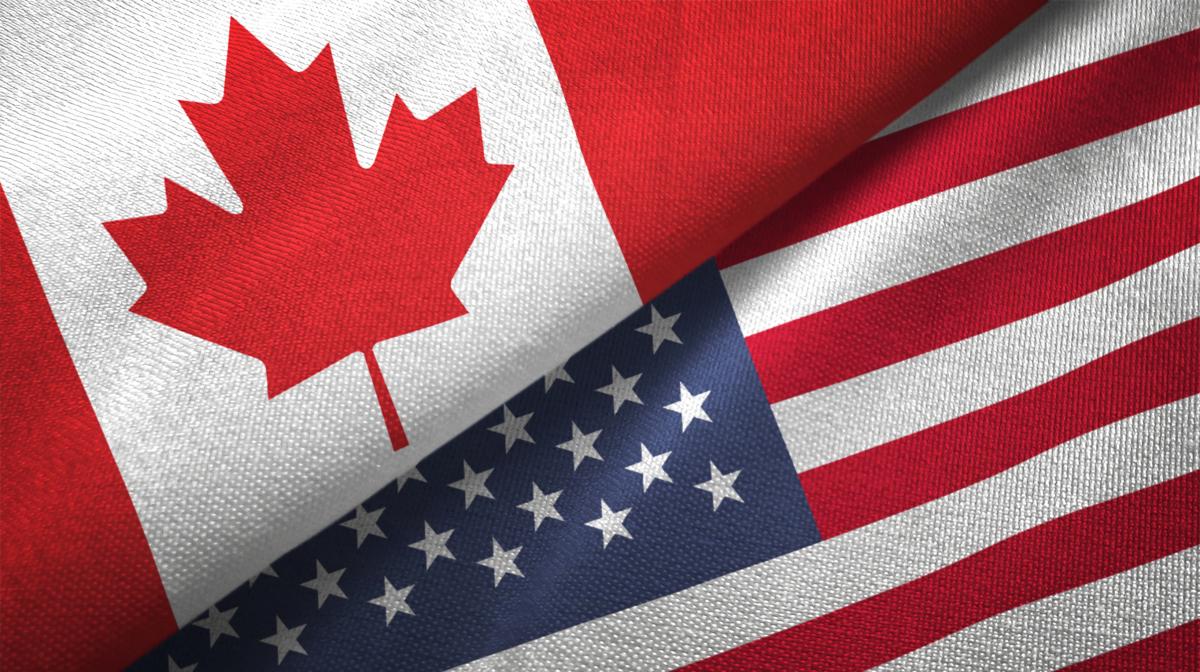January 6, 2020

Authors: Dylan Snowdon and W. Shale Anderson
Canada vs. US Employment Law
Expectations for Employers: Key Differences between Canadian and US Employment Law
Employers coming to Canada from the US, or employers with operations in both jurisdictions, need to be aware of local employment laws. While there can be some exceptions, for the most part, where the work is being performed will determine the laws applicable to a worker. There is no end to the number of differences between each jurisdiction in Canada and the US, but below we summarize the biggest issues to be aware of.
Termination of Employment
Unless an employee is terminated for cause, Canadian employers are required to provide reasonable notice or payment in lieu of notice. Employment contracts (however strongly worded) may not restrict employees to only their minimum statutory rights unless they are drafted carefully. In contrast, some US jurisdictions use “at will” employment where employers are generally free to terminate employees without notice. As a result of this, US employers can be surprised by the obligations owed to employees regarding termination of employment. Additionally, Canadian severance is determined on an individual basis, resulting in US-style Severance Policies not applying to Canadian workers.
Employment Dispute Resolution
Canadian employees have a variety of options available to resolve different types of disputes with their employers. Government offices for Employment Standards, Privacy, and Human Rights can provide employees with relatively fast resolutions at no cost to employees. Expedited court processes for Canadian employment matters may also be available depending on the circumstances, resulting in a different negotiation position than what American employers may be used to.
Drug and Alcohol Testing
Canadian employers face a very restrictive standard when it comes to drug and alcohol (“D&A”) testing in the workplace. Employers must demonstrate the presence of health and safety concerns in the workplace that make testing a bona fide requirement in order to justify the infringement on the employee’s right to privacy. The US framework governing D&A testing in the workplace does not hold employers to the same standard and pre-employment D&A testing is more common in many states.
Duty to Accommodate
Canada requires employers to provide reasonable accommodation, up to the point of undue hardship, to those employees requesting such accommodation for any grounds protected under human rights laws. Most accommodation requests relate to disability, but can also be related to family status, age, religious beliefs, gender, or other factors.
The standard for establishing undue hardship varies depending on each individual situation and can be difficult for many employers to determine. Some examples of what undue hardship does not mean include:
- expensive or financially inconvenient;
- difficult for the employer to provide; or
- something the employer doesn’t want to do.
While many federal and state statutes in the US protect employees against discrimination, the requirement to accommodate employees in Canada is generally more substantial and covers more areas where accommodation will be required.
Privacy
Provincial legislation governs employee privacy for the majority of Canadian employers, while the Personal Information Protection and Electronic Documents Act governs the minority of Canadian employees working in federally regulated industries. Regardless which governing legislation an employee falls under, Canadian employees have substantive and well-developed privacy rights relative to their American peers. This relates particularly to documents relating to health records, monitoring of devices, and the safekeeping of personal information.
Compensation
Tax treatment of some forms of compensation such as stock options and restricted stock are significantly different between Canada and the US, resulting in the need to have unique plans across the border. While it is possible to establish plans that result in similar tax treatment by either country, the plans must be set up differently to ensure they meet your organization’s goals for recruitment and retention of quality employees.
Management of pensions is also different in each country; with Canadian employees generally having more protection against employer-driven changes to their retirement plans than what many US companies expect.
If you have questions about Canadian employment laws or want to discuss how to apply foreign policies and practices to Canadian employees and workers, please contact anyone from our team of employment lawyers.